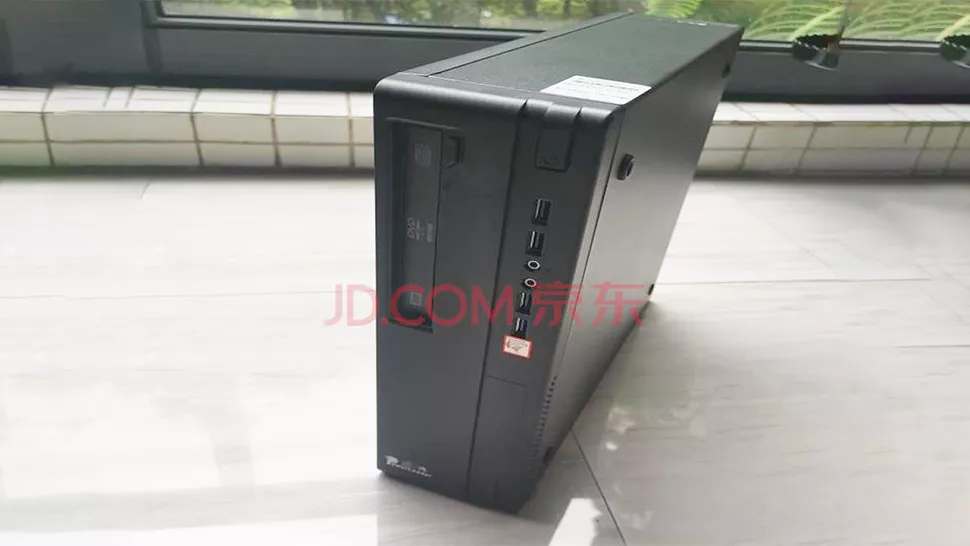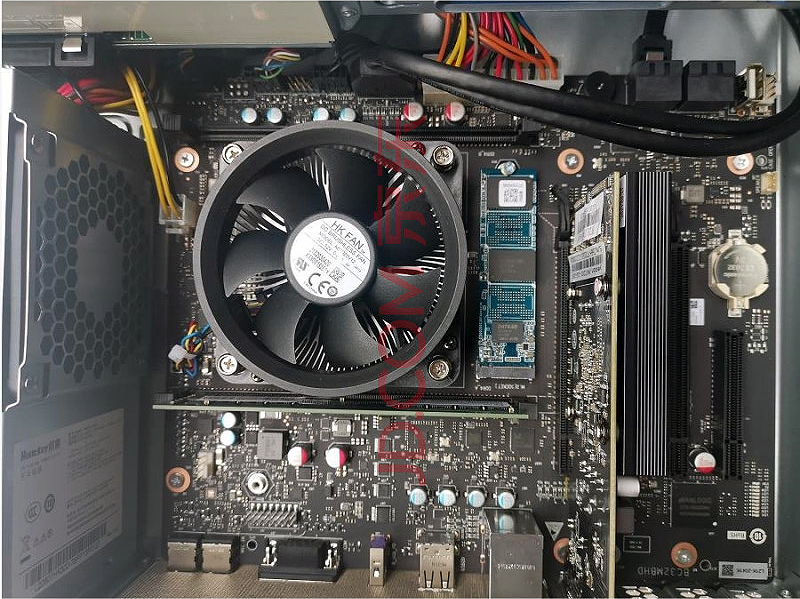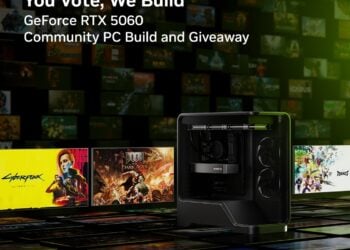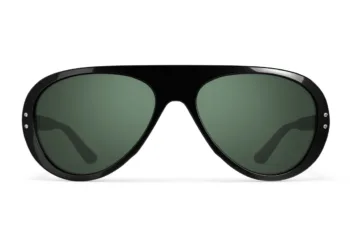The US government has added Huawei and Phytium to its Entity List in recent years, effectively barring companies from accessing US-developed technologies without a special export licence. These two blacklisted companies, on the other hand, have collaborated on a new desktop computer from YahBoom. The news appears to resolve, at least in part, the question of how Huawei would carry out its aspirations to expand its commercial PC business, which was just revealed last week.
Huawei’s Qingsong desktop platform is based on Phytium’s D2000 CPU, which has eight proprietary Armv8 FTC663 cores running at 2.30 GHz with 8MB of L2 cache (2MB unified L2 per two cores) and a 4MB unified L3 cache. Two DDR4 memory slots, an M.2 slot for PCIe SSDs, two PCIe x16 slots, and one PCIe x8 slot are available on the motherboard. A GbE connector, five USB 2.0 ports, 3.5-mm audio input/output jacks, and a COM port are among the basic I/O connectors. The mainboards of two blacklisted companies are, of course, black.

The Huawei Qingsong motherboard (which YahBoom uses for its entry-level desktop) has 8GB of DDR4 memory, a 256GB NVMe M.2 SSD, and a Yeston Jingjia Micro-based graphics card with 2GB of DDR3 RAM and two display outputs (HDMI and D-Sub/VGA). A DVD-RW optical disc drive is included, as well as a 3.5-inch SATA HDD or SSD.

The system is currently available from JD.com (and was first spotted by @momomo us), and the pricing is maybe the biggest surprise. The computer costs $8,040 ($1,067 without VAT), which is comparable to a high-end desktop computer. Huawei and YahBoom aren’t the only PC manufacturers using the Phytium D2000 processor. It’s unclear why the YahBoom PC is so pricey since Lenovo and Great Wall have dozens of Phytium D2000-powered workstations starting at $3,999 ($530 without VAT).
Huawei is unable to purchase CPUs directly from AMD or Intel unless these companies obtain an export licence from the US Department of Commerce for a specific product family
The company is also having trouble getting enough KunPeng 920 processors from TSMC for its desktop PC endeavour since the latter must first secure a relevant licence from the US Department of Commerce.

Huawei must buy AMD Ryzen or Intel Core CPUs from third-party resellers or after chipmakers have a necessary export licence to create their premium goods. For premium products intended for overseas markets, this strategy might suffice.
For China-bound mass-market devices, it is significantly easier for Huawei to purchase a low-end SoC from Phytium and create a PC that runs a locally developed Linux system. However, YahBoom’s desktop, which is based on Huawei’s Qingsong motherboard, is far too pricey to be considered mainstream.
also read:
AMD confirms Phoenix and powerful Dragon Range APUs in its new Zen4 Roadmap








